
Reason For Spots On Hands

Hand spots are a common skincare concern, especially as we age or experience changes in our environment and health. These marks can appear in various colors, sizes, and textures. While many are harmless and purely cosmetic, some may indicate underlying medical conditions that require attention. Whether you're noticing dark spots, red patches, or areas of discoloration, understanding what causes them and how to manage them is essential to maintaining healthy, youthful-looking skin.
Common Causes of Hand Spots
1. Aging
As we get older, our skin naturally undergoes changes—losing collagen, elasticity, and the ability to regenerate as efficiently. One of the visible effects of this is the appearance of age spots, also known as liver spots. These are typically flat, brown or black spots that develop on areas most exposed to the sun, like the hands, face, and shoulders. Though they’re generally benign, they can become more prominent over time.
2. Sun Exposure
Ultraviolet (UV) radiation from the sun is one of the primary causes of pigmentation changes in the skin. Chronic sun exposure stimulates melanin production, leading to hyperpigmentation or uneven skin tone. Since the hands are often overlooked when applying sunscreen, they are especially vulnerable. Over time, unprotected sun exposure can also lead to photoaging and even precancerous lesions.
3. Medical Conditions
Certain internal health issues can manifest visibly on the skin, including the hands:
-
Psoriasis: An autoimmune condition characterized by red, scaly plaques that may itch or crack.
-
Eczema (Dermatitis): Causes inflammation, redness, and sometimes oozing or dry patches on the hands.
-
Diabetes: Can cause acanthosis nigricans, which results in thickened, darkened patches of skin, often found in folds but sometimes visible on the hands.
-
Autoimmune disorders and hormonal imbalances can also trigger unusual pigmentation or texture changes.
4. Allergic Reactions
The skin on your hands can react strongly to allergens—whether from cleaning products, cosmetics, certain foods, or medications. These reactions often appear as red, itchy spots or rash-like patches and may be accompanied by swelling or burning. Avoidance of the trigger is key, and in some cases, allergy testing may be recommended.
5. Infections
Bacterial, viral, or fungal infections can also present as discolored or textured spots. For example:
-
Fungal infections like ringworm may appear as red, circular patches.
-
Warts, caused by the human papillomavirus (HPV), can show up as raised, rough spots.
-
Cellulitis, a bacterial infection, may cause red, painful areas on the skin.
Prompt medical treatment is necessary for infections to prevent them from spreading or worsening.
Types of Spots on the Hands
1. Hyperpigmented Spots
These are darkened areas that result from an overproduction of melanin. Triggers include sun damage, hormonal fluctuations (such as during pregnancy or menopause), skin injuries, and certain medications.
2. Hypopigmented Spots
These are lighter patches caused by a reduction or absence of melanin. Conditions such as vitiligo, pityriasis alba, or even healed injuries can cause such spots. While typically not harmful, they may affect self-esteem or indicate underlying health issues.
3. Papules and Macules
-
Papules are small, raised, and often red or skin-colored bumps. They may result from infections, inflammation, or blocked pores.
-
Macules are flat, discolored areas that may be brown, red, or white. These can stem from previous trauma, allergic reactions, or infections.
Both types should be evaluated by a dermatologist if they persist or change in appearance.
When to See a Dermatologist
While many hand spots are benign, it’s important to consult a dermatologist if you notice:
-
A spot that changes quickly in size, shape, or color
-
Persistent itching, bleeding, crusting, or pain
-
New or unusual spots appearing after age 30
-
Spots that don’t fade or improve with over-the-counter treatments
-
Any growth that has irregular borders or multiple colors, which could be a sign of skin cancer
Early detection is crucial, especially in cases where skin cancer or a serious underlying condition is suspected.
How to Prevent Hand Spots
1. Use Sunscreen Daily
Apply a broad-spectrum sunscreen with at least SPF 30 to your hands every morning, even on cloudy days. Reapply every two hours when outdoors or after washing your hands.
Tip: Consider using hand creams that include SPF to simplify your routine.
2. Maintain a Consistent Skincare Routine
-
Hydrate your hands daily with nourishing creams or lotions.
-
Exfoliate gently 1–2 times per week to remove dead skin cells and promote cell turnover.
-
Use products with ingredients like niacinamide, ceramides, or retinol for added skin support.
3. Stay Hydrated
Drinking enough water throughout the day helps keep skin plump and elastic. Proper hydration also supports your body’s natural detoxification processes, which can influence skin clarity.
4. Eat a Balanced, Skin-Friendly Diet
Include plenty of:
-
Vitamin C-rich foods (citrus fruits, bell peppers)
-
Vitamin E (nuts, seeds)
-
Omega-3 fatty acids (salmon, flaxseeds)
-
Antioxidants (berries, leafy greens)
These nutrients support skin repair, protect against environmental damage, and slow signs of aging.
5. Wear Protective Gear
When cleaning, gardening, or working with chemicals, wear gloves to shield your hands from irritants and allergens. This also helps prevent contact dermatitis and reduces your risk of infections or flare-ups.
Treatment Options for Hand Spots
If you already have visible spots and want to reduce their appearance, there are several effective treatment options:
1. Brightening Creams
Topical treatments containing ingredients like hydroquinone, kojic acid, arbutin, or vitamin C can gradually fade hyperpigmented spots. Consistent use over weeks or months is necessary for noticeable results.
2. Chemical Peels
Professional-grade chemical peels using glycolic acid, lactic acid, or salicylic acid exfoliate the skin and stimulate regeneration. These are especially helpful for stubborn age spots or sun damage.
3. Laser Therapy
Laser treatments, such as fractional lasers or intense pulsed light (IPL), can target deep pigmentation and even out skin tone. These procedures should be performed by licensed dermatologists.
4. Advanced Dermatological Procedures
Depending on your skin type and concerns, dermatologists may recommend:
-
Microneedling to promote collagen production
-
Cryotherapy to freeze and remove spots
-
Prescription retinoids for long-term skin rejuvenation
Always consult a professional before starting any advanced treatment to ensure it’s appropriate for your condition and skin type.
Final Thoughts
Spots on the hands are common and often part of the natural aging process, but they can also signal deeper health issues or result from preventable environmental exposure. By staying proactive with sun protection, skincare, and healthy habits, you can minimize the appearance of hand spots and maintain smoother, clearer skin.
If you're ever unsure about a spot—or if something doesn’t feel quite right—don’t hesitate to consult a dermatologist. After all, your hands do more than just work for you; they reflect your overall health, lifestyle, and how well you care for your body.
Give your hands the same care and attention you would your face—they deserve it!
News in the same category

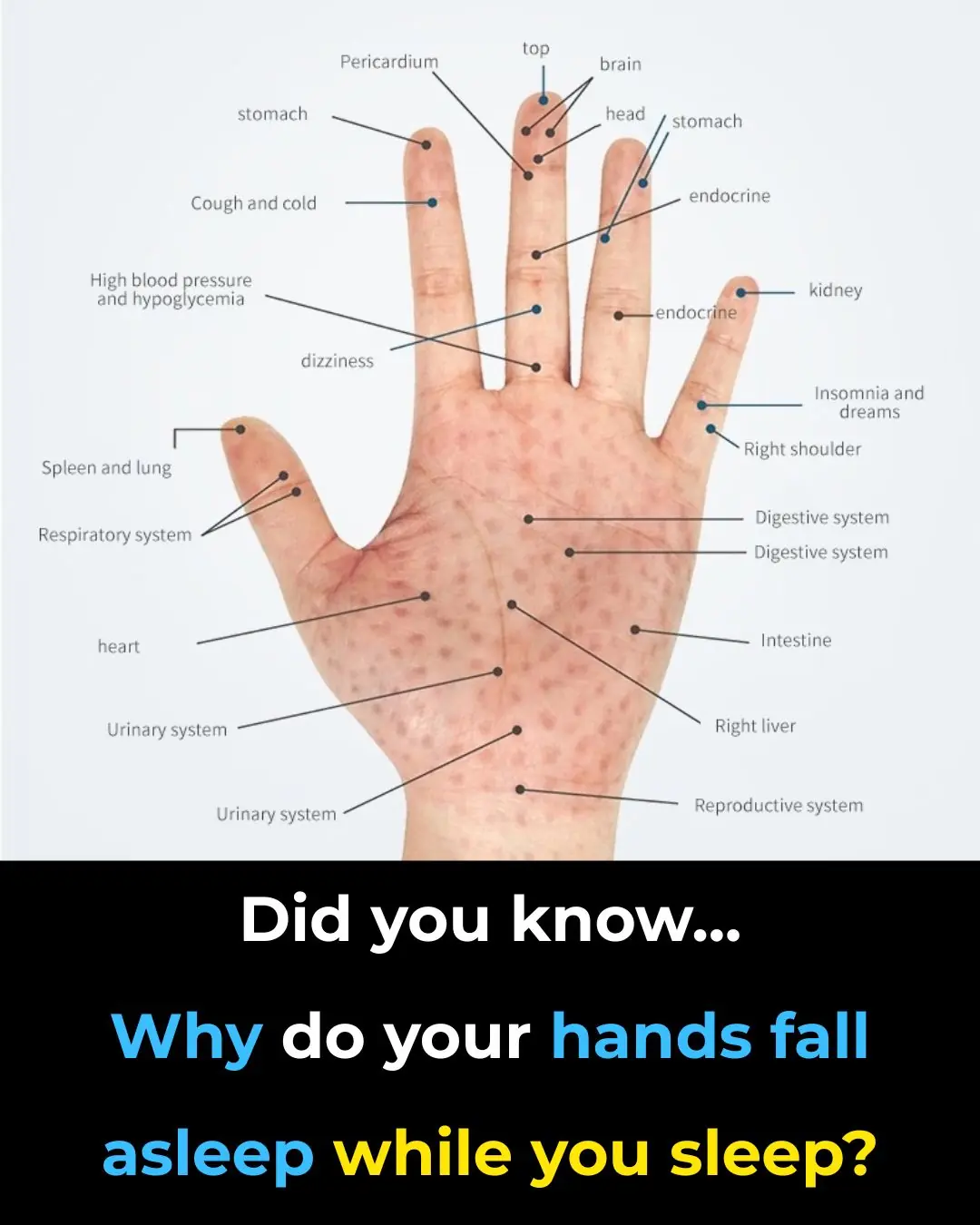
Why Your Hands Go Numb While You Sleep

Here Is What Your Poop Says About Your Health

3 powerful vegetables everyone overlooks (but shouldn’t!)
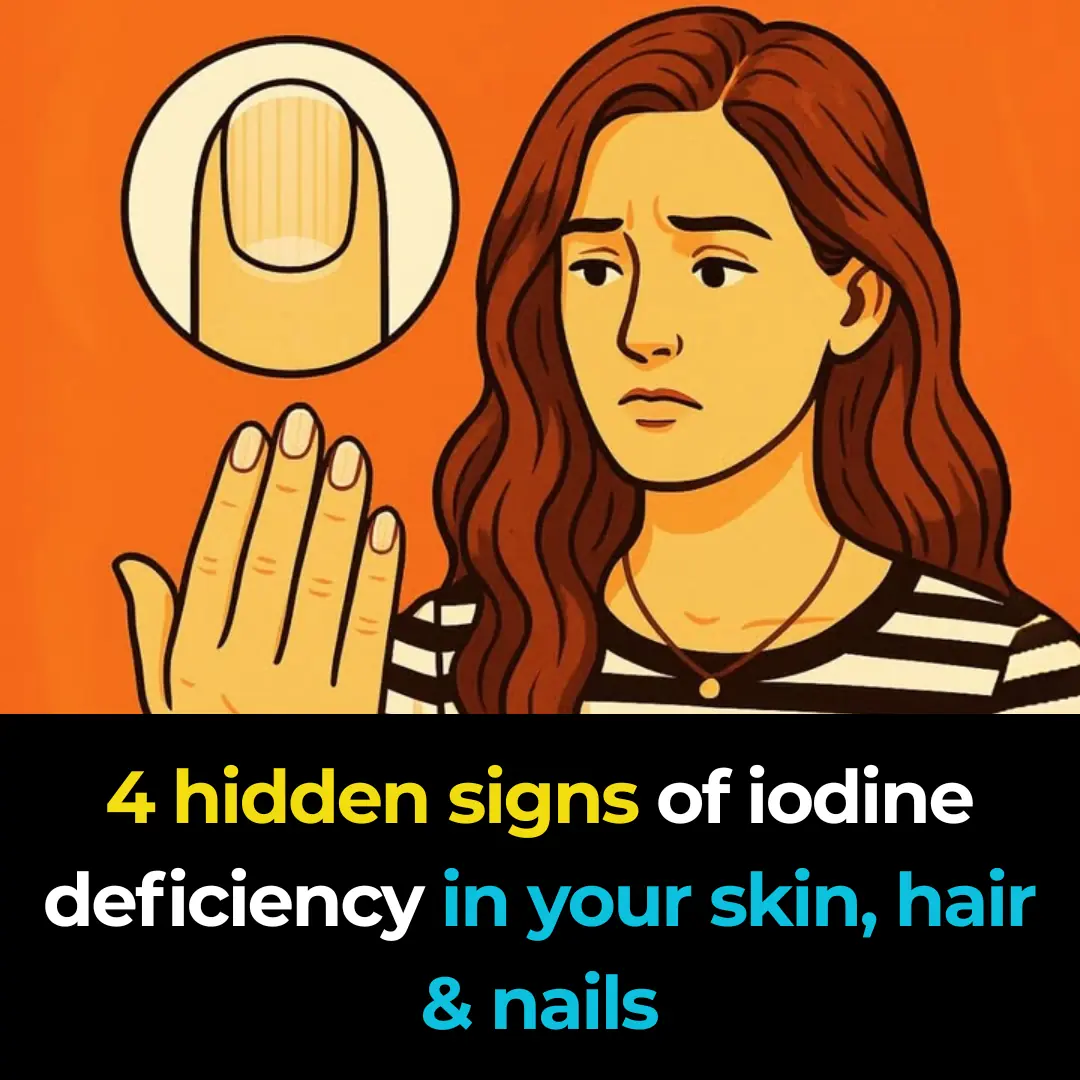
4 hidden signs of iodine deficiency in your skin, hair & nails
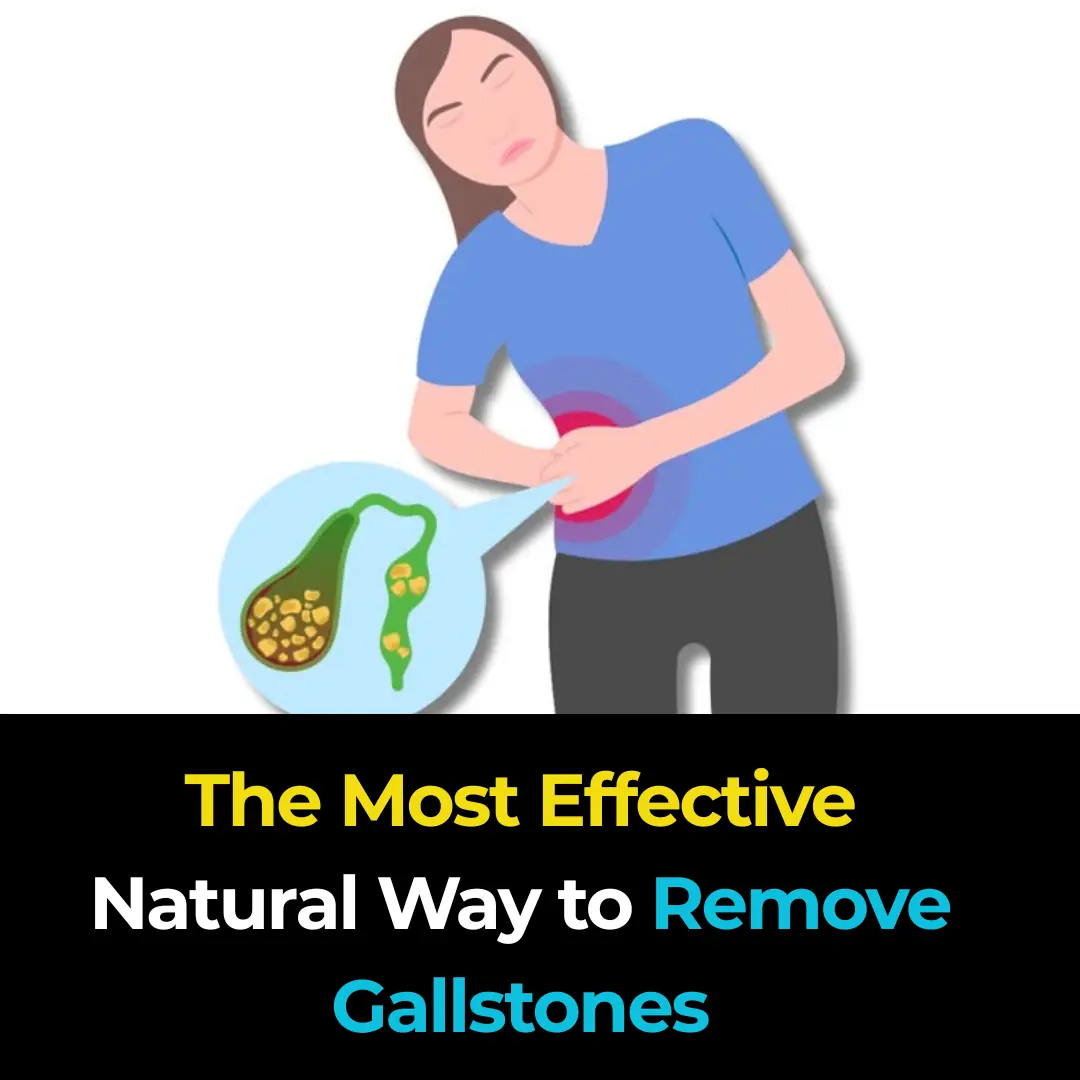
The Most Effective Natural Way to Remove Gallstones

Causes of Early Graying You Never Suspected
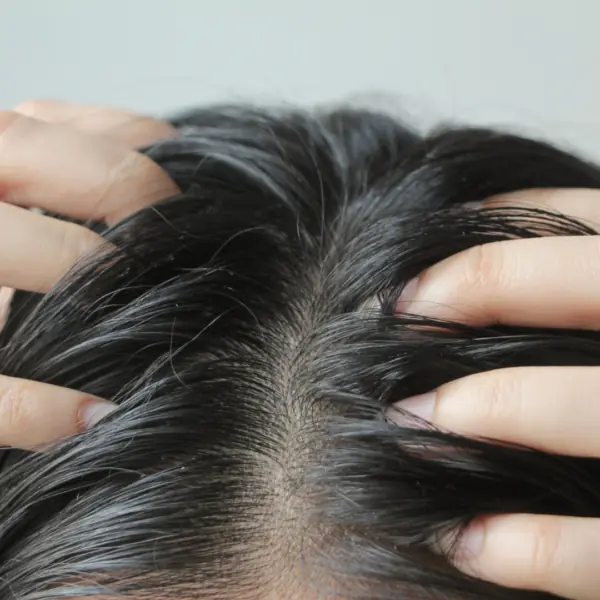
That Persistent Scalp Itch

That Random Stabbing Pain in Your Chest Has Finally Been Explained

The Dirty Secret About Toilet Paper on Public Seats
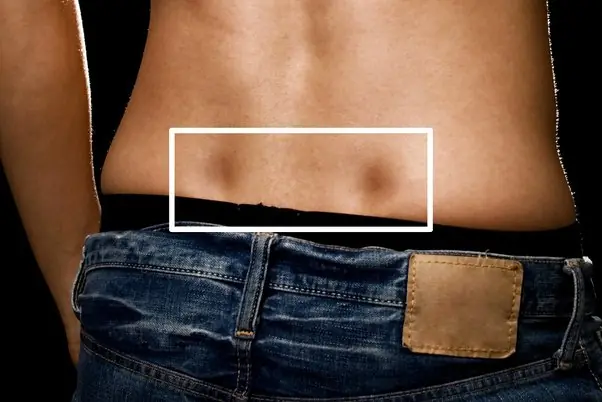
If You Have These Two "Dimples" on Your Lower Back, Here's What They Mean

4 Red Flags Your Brain Might Be in Trouble as Experts Warn Alzheimer’s Can Start Decades Before Symptoms Appear
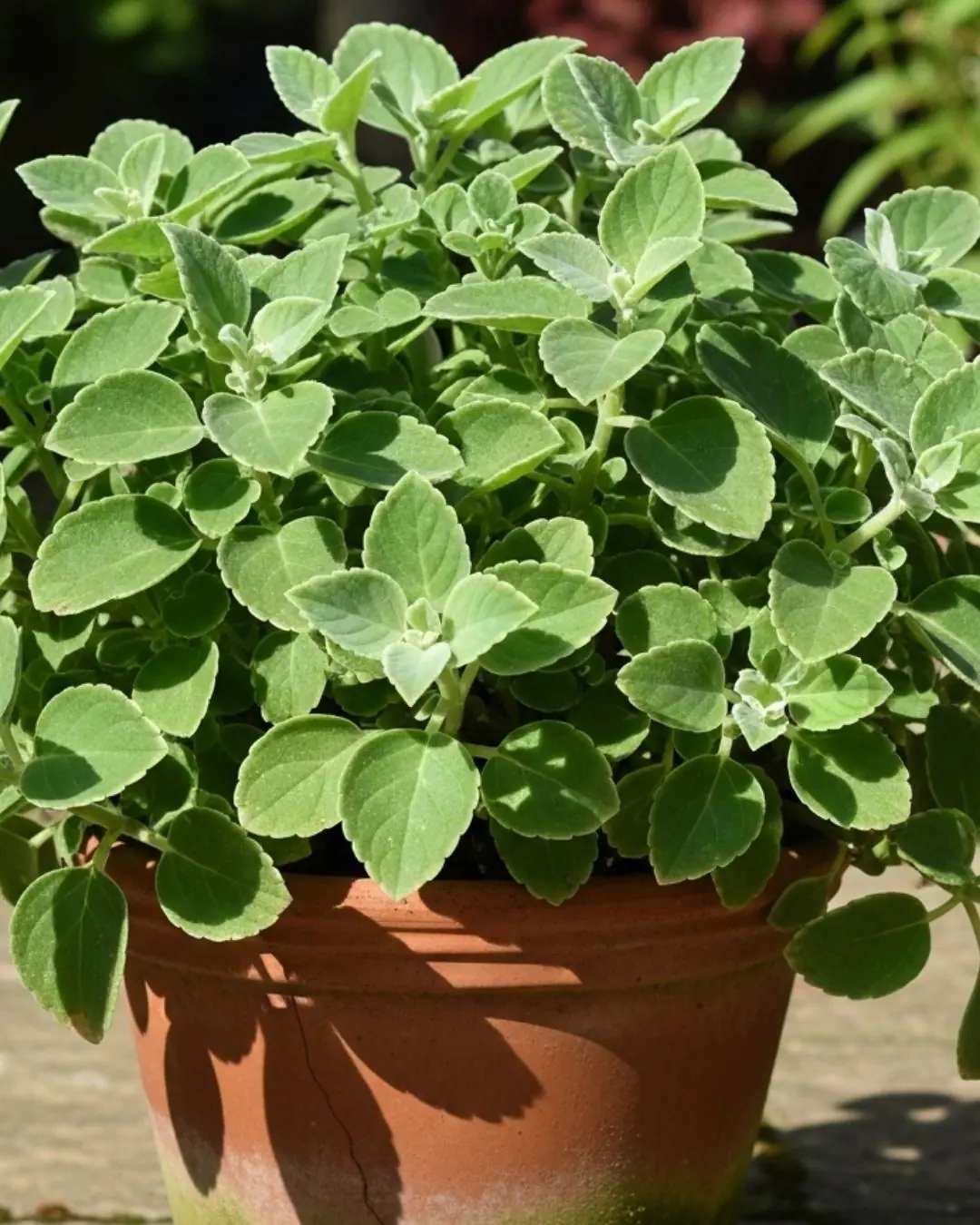
A Scientific Look at Oregano’s Role in Supporting Wellness

Cloves: 10 Health Benefits of Eating 2 Daily

Chicken Gizzards: 3 Surprising Benefits You Might Be Missing

80% of Heart Attacks Could Be Avoided If Everyone Did These 5 Easy Things

People Are Putting Onions in Their Socks—Here’s Why You Don’t Want to Miss Out
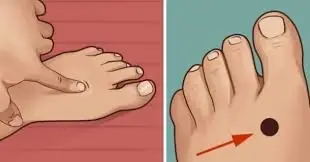
If You Press This Point on Your Foot Before Bed, This Is What It Does to Your Body
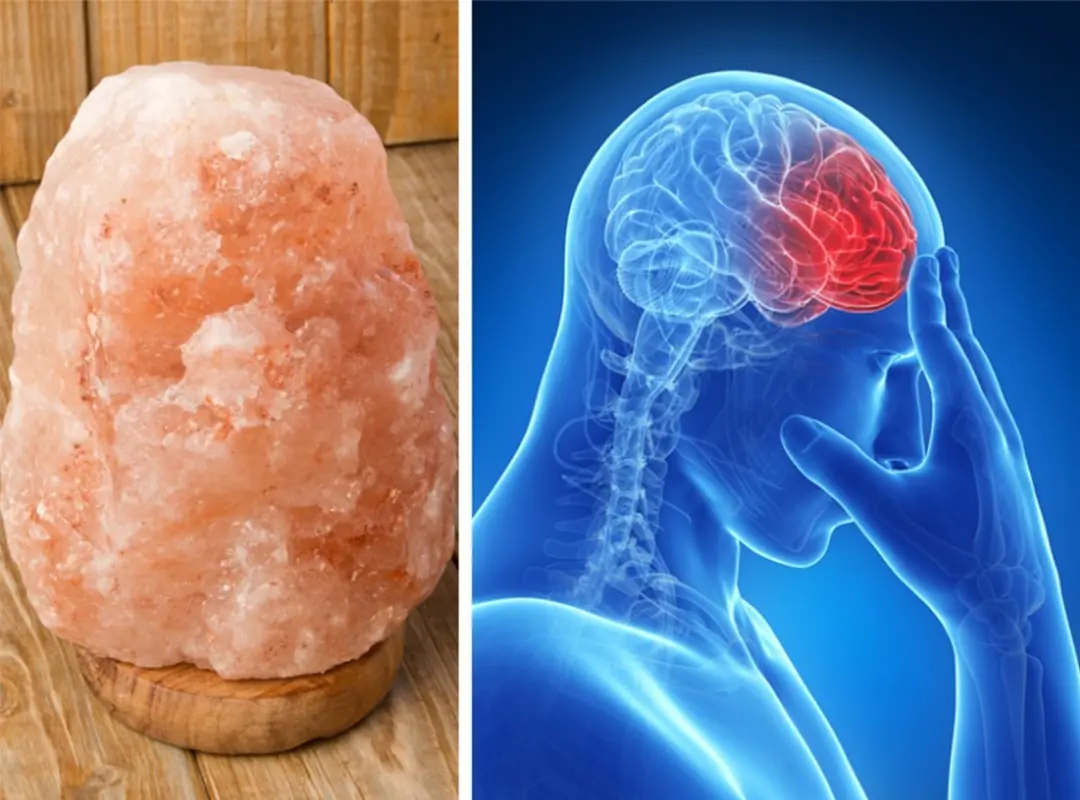
This Is What Happens to Your Lungs, Mood, and Blood Circulation When You Use a Himalayan Salt Lamp
News Post

Golden tips for choosing ham: Identify borax with a simple, absolutely safe method

What are the benefits of aloe vera? 11 benefits of aloe vera for health and skin

Smart Travelers Always Photograph Their Luggage Before Checking It In — Here’s Why

The Last Part of the Pig But One of the Most Beneficial
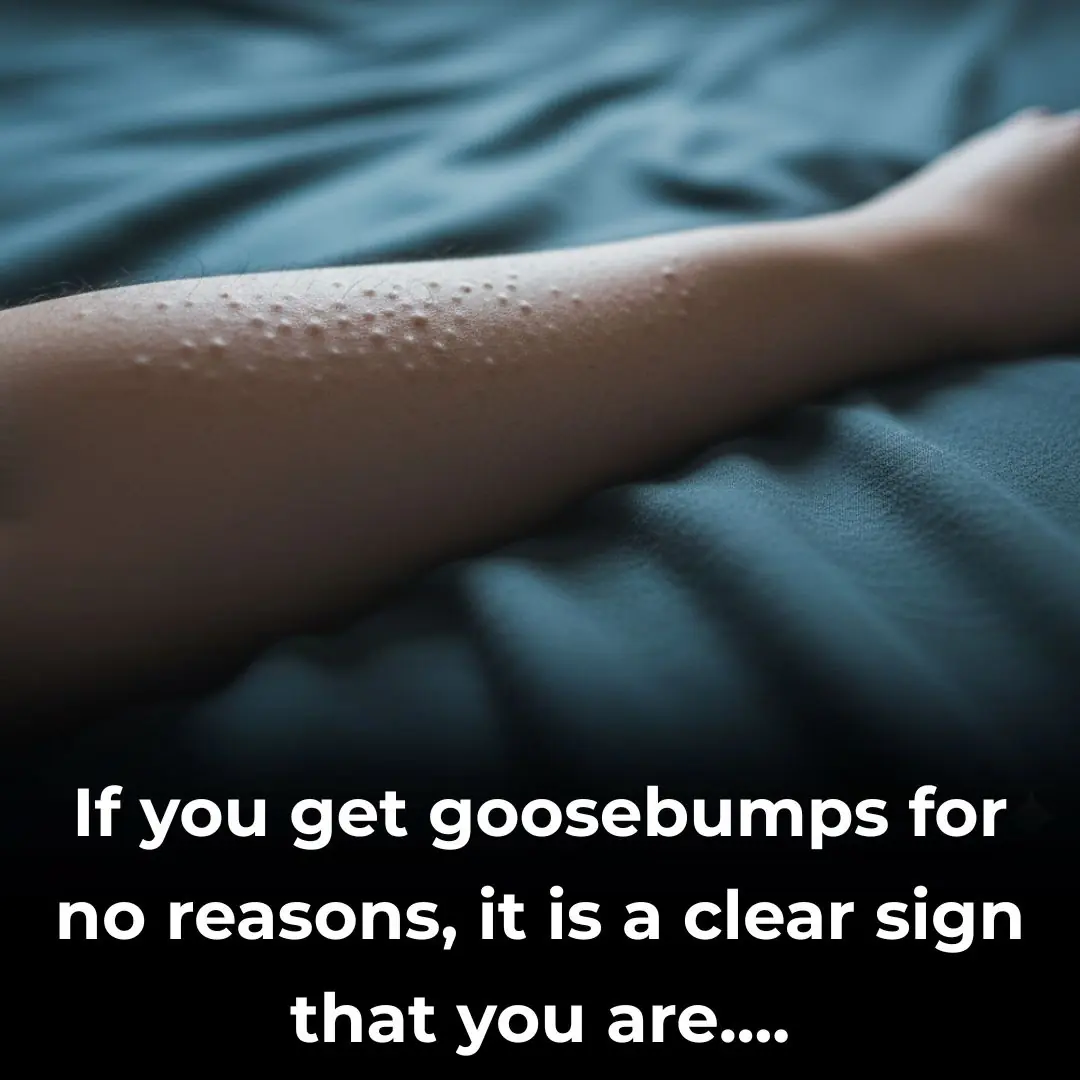
When Goosebumps May Be a Warning Sign
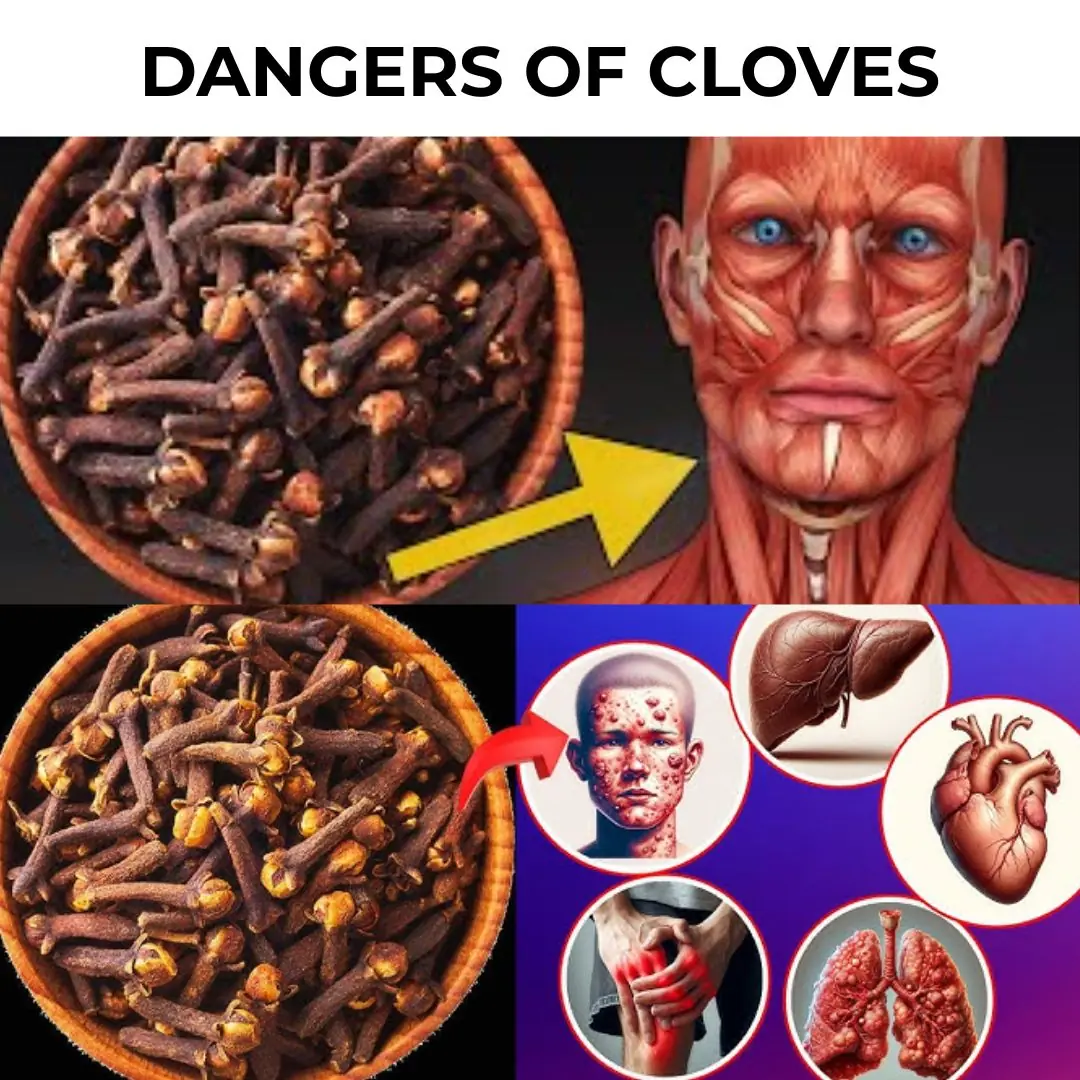
❗Avoid Cloves If You Have These Health Issues – What Doctors Rarely Warn You About

6 Coffee Eye Masks to Get Rid of Dark Circles | Under Eye Wrinkles | Eye bags & Puffy Eyes

What Happens To Your Blood Pressure When You Eat Bananas

Why Your Hands Go Numb While You Sleep

Easy Clove Growing: Seed to Spice
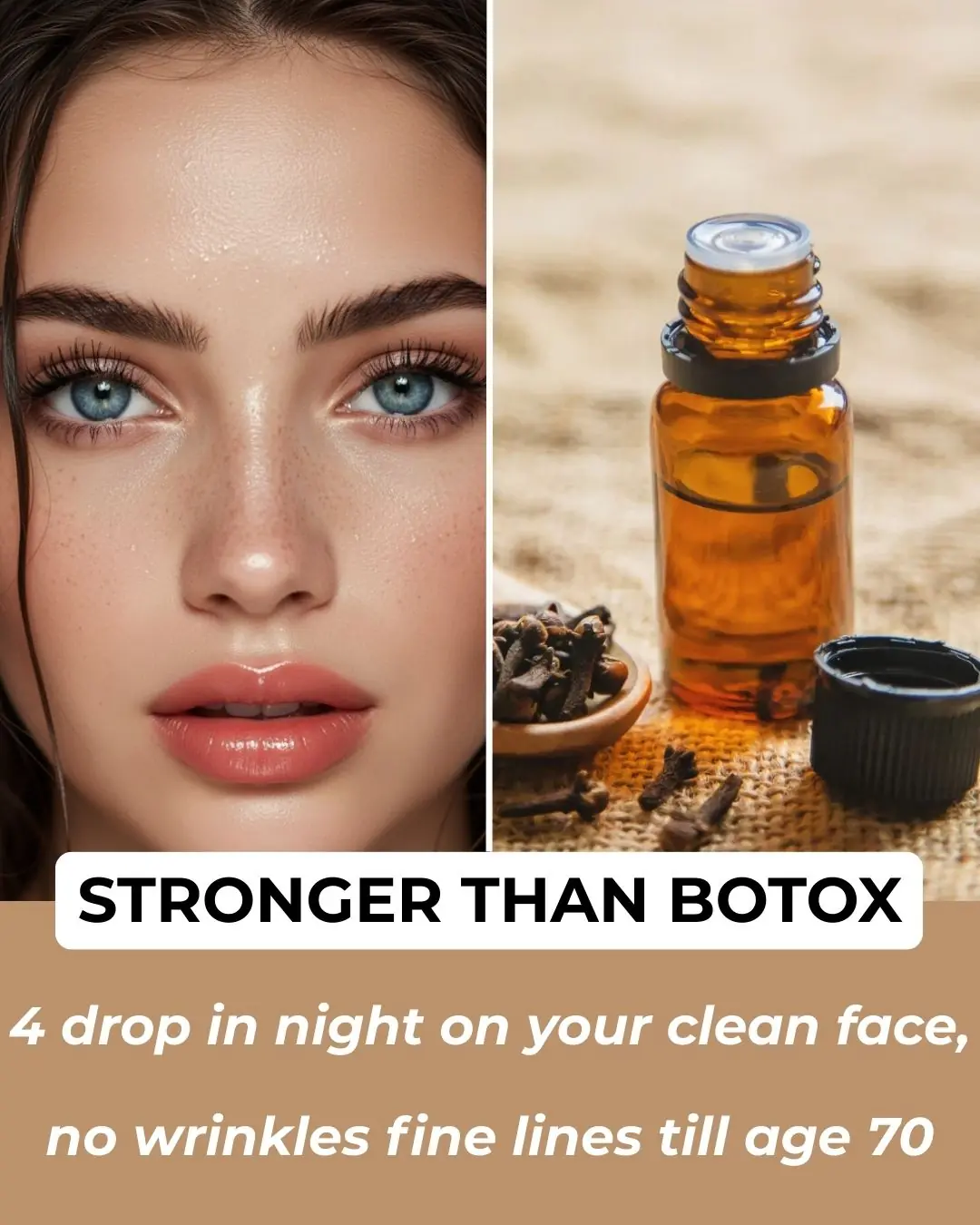
Clove Oil: Wrinkle Free Flawless Skin At Any Age

Here Is What Your Poop Says About Your Health

Secrets of Companion.Tomatoes Hate Cucumbers.Planting Combinations.

Reverse Hair Greying – Turn White Hair to Black
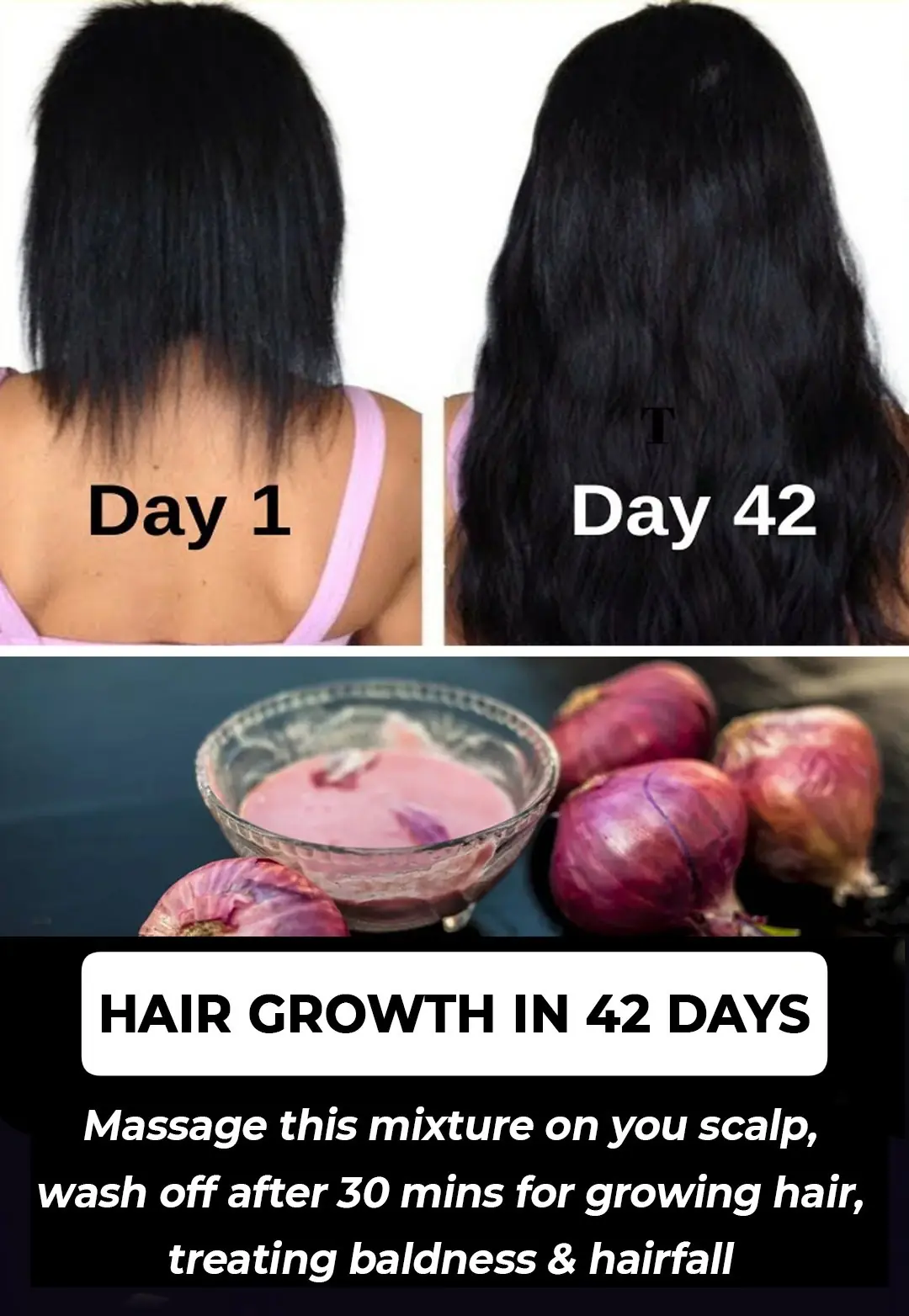
Secret Benefits of Onion Juice for Hair You Didn't Know

European Apple users left 'speechless' at price increases for iPhone 17

Tesla engineer quits company after 8 years with scathing message for Elon Musk on way out

Effective Methods to Keep Ginger Fresh for Extended Periods
